Why Maimonides?
Man is free and this free will, used as such, can by its own forces do good unselfishly.
— Rabbi Moshe ben Maimon
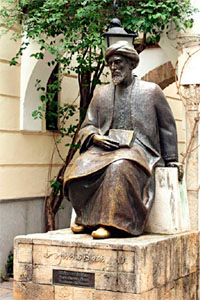
Statue of Maimonides. Córdoba, Spain.
Rabbi Moshe ben Maimon משה בן מימון , , who passed into world history as Maimonides, and to whom Jewish tradition refers to according to the acronym from the initials of his Hebrew name, Rambam, רמב”ם , was an Andalusian and universal Jew, born in 1135 C.E.
Multiple episodes of intolerance forced him at a very young age to take the bitter path of exile; that is why he lived in many cities until he settled permanently in Fustat —currently El Cairo—, where he was appointed court physician to the Grand Vizier and the royal family, while he was acting at the same time as a Rabbi and leader of the Egyptian Jewish congregation.

Moshá Ben Maimón. Mishne Tora
In addition to all this, Rambam was a philosopher, theologian, and poet; and due to his knowledge of virtually all the areas of wisdom of his time, he left a vast written work covering all the disciplines he dominated.Among his legacy, More Nebujim (Guide of the Perplexed) should be mentioned. It contains the core of his philosophical ideas, which had a significant influence on his contemporaries, both Jewish and non-Jewish alike. The same has occurred with his main work, Mishneh Torah (Second Law), which continues to be valid to this day and is still a reference for scholars, so many years after it was written.
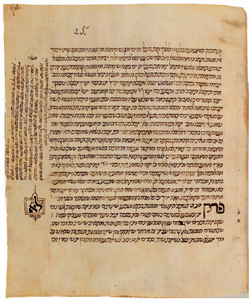
Moshá Ben Maimón. More Nebujim.
When the time came for our kehilah to choose a name, we decided to pay tribute to the memory of Rambam. We did not lack reasons. Because we share with the medieval Jewish sage the same city of origin, though in his time it was called Qurtuba of Al Andalus and currently, Cordoba, Andalusia.
To say it in few words, in the thoughts of Rambam, faith and reason come together, and we hope that such a wise premise will inspire and guide our congregation on its journey. Because we are fully convinced that the inscription which can be read in the gravestone where Maimonides lies, in Tiberias —even though he died in Egypt in 1024—, does total justice to him: From Moses to Moses, there was nobody like Moses.
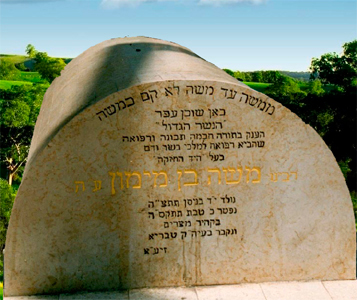
Tomb of Moshá Ben Maimón, Galilea.
And because memory is a fundamental identity sign of the Jewish people, which defines and identifies us especially to the point of being essentially a common homeland for all members of our people, and is what inspires our present dreams to project ourselves towards the future.
In the case of Beit Rambam, the Jewish Congregation of Andalusia, all that is also a vocation and a mitzvah.
We are convinced that only by integrating the past experience of the people of Israel —with its ups and downs— and learning from the wisdom handed down by our wise ancestors, such as Rambam, we can build a luminous future for the coming generations and, closer in time, for our own children.
Am Yisrael Chai
We are a nation of dreamers… we have been since patriarch Iaakov and his son Iosef, as the Torah tells us. Generations of Jews have had beautiful dreams throughout our history, including Theodor Herzl, whose dream became true with the foundation of a modern state in the biblical land: a point of reference for all of us, even though we live in the most diverse of places all over the planet.
However, not only do we dream but we are also a nation of doers who, as soon as we possibly can, fight to turn our dreams into reality. The idea that we come to this world to make it a better place, is very much alive within our people because we are partners with Adonai in the never-ending labour of Creation.
With Jews adding up to approximately 13-14 million people or about 0.2% of the total world population, we can count some 170 Nobel Prize winners. The number of Jews that have been awarded the prize, in all its modalities, represents 22% of all Nobel Prizes awarded since the foundation of the Swedish Academy.
These are some of the most prominent members of the Jewish People who have made their dreams come true, contributed to building a better world and received thanks and recognition for having done so.

Marc Cagall (Beylorussia, 1885 – France, 1985)
Plastic artist and painter. His traditional education and biblical themes, which reflect his Jewish heritage are the subject of many of his works of art. Chagall is linked to the Modernist movement following Impressionism.

Albert Einstein (Germany, 1879 – USA, 1955)
Einstein became worldly famous due to his Theory of Relativity that revolutionized modern Physics. He received the Nobel Prize in Physics for his explanation of the photoelectric effect in 1921.

Issac Bashevis Singer (Poland, 1904 – USA, 1985)
Writer and journalist, who wrote virtually all his texts in Yiddish, the language spoken by Ashkenazi Jews. He was awarded with the National Book Award in 1973, and then with the Nobel Prize in Literature in 1978.
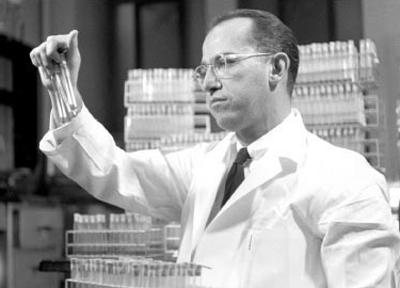
Jonas Edward Salk (New York, 1914 – California, 1995)
Physician and virology researcher, mainly recognized for having discovered and developed the first safe and effective vaccine against poliomyelitis.
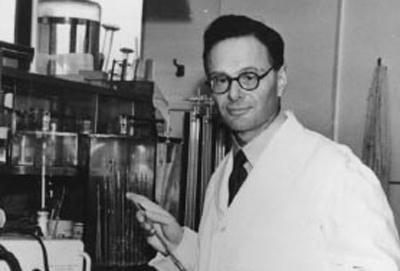
Sir Hans Adolf Krebs (Germany, 1900 – UK, 1981)
German biochemist, winner of the Nobel Prize in Physiology and Medicine in 1953. His main research works were focused on the study of cell metabolism. He discovered that most known reactions within the cell are related to one another, what is known as the Krebs cycle.

Sigmund Freud (Austro-Hungarian Empire, 1856 – London, 1939)
Neurologist, physician, father of Psychoanalysis and one of the main intellectual figures of the 20th century. He revolutionized the theoretical framework of Psychology with concepts that have stayed forever in the annals of this discipline, such as the ‘unconscious’, ‘infantile sexuality’, and the ‘death drive’, amongst others.

Rita Levi-Montalcini (Turin, 1909 – Rome, 2012)
Neuroscientist, researcher on ways to cure degenerative diseases such as Alzheimer or Amyotrophic Lateral Sclerosis. Nobel Prize in Physiology and Medicine in 1986 together with Stanley Cohen for her work on the nerve growth factor (or NGF). When in 1938 Mussolini published the Manifesto per la Difesa della Razza (Charter of Race), which forbid any Jewish person access to an academic or professional career, she had to go to exile. She died at 103 years old.
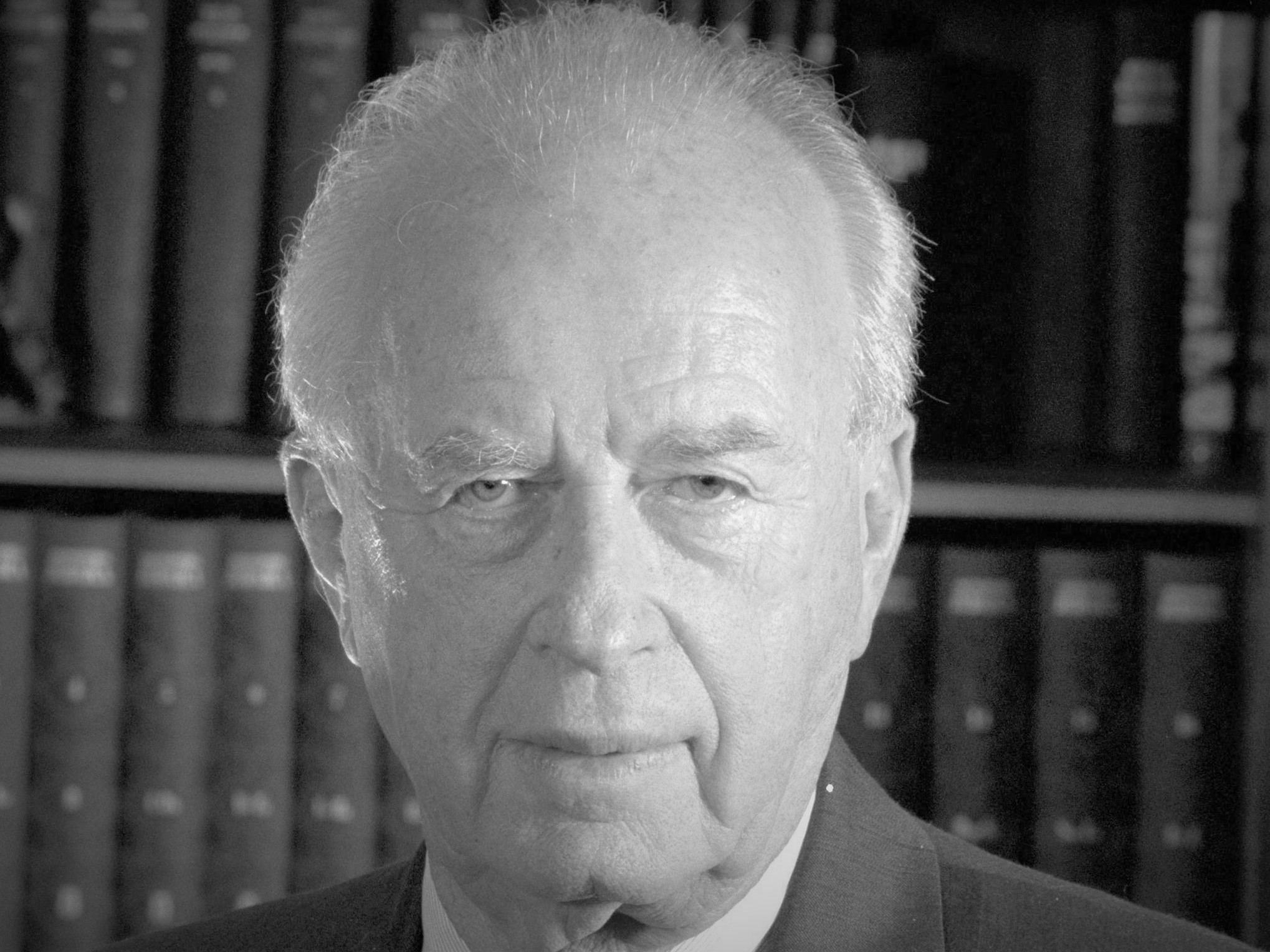
Itzak Rabin (Jerusalén, 1922 – Tel Aviv, 1955)
Fifth Prime Minister, between 1974 and 1977, and the first born in Israel who hold such a position. He was re-elected in 1992. In 1994 he received both the Nobel Prize in Peace for his pacifist policies which culminated in the Oslo Agreements and the Principe de Asturias de Cooperación Internacional (Prince of Asturias Award for International Cooperation). He was assassinated in 1995 by Ygal Amir, an Israeli militant right extremist, who opposed Rabin’s ideas of exchanging territories for peace.

